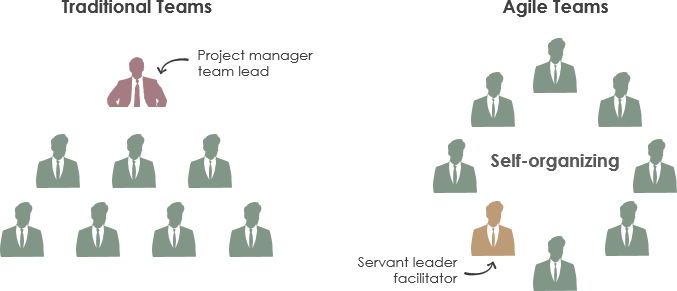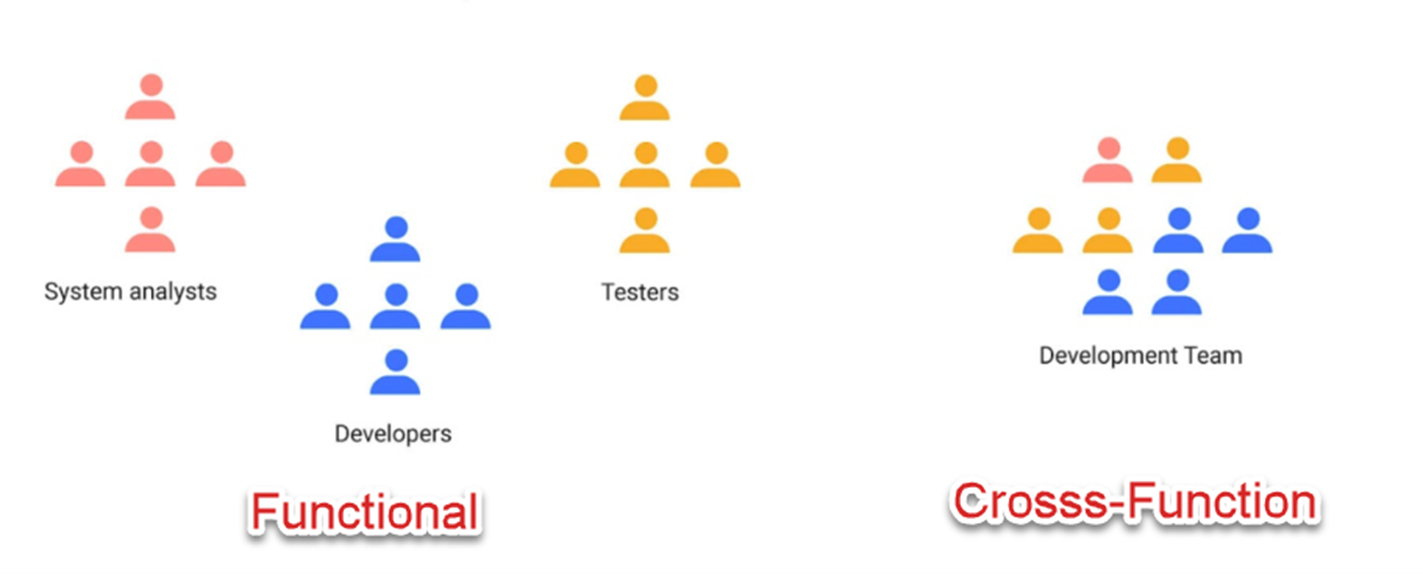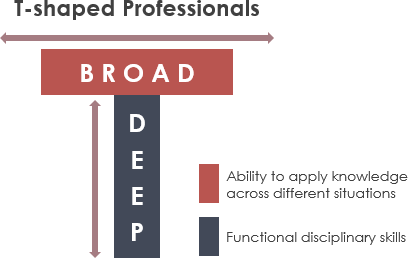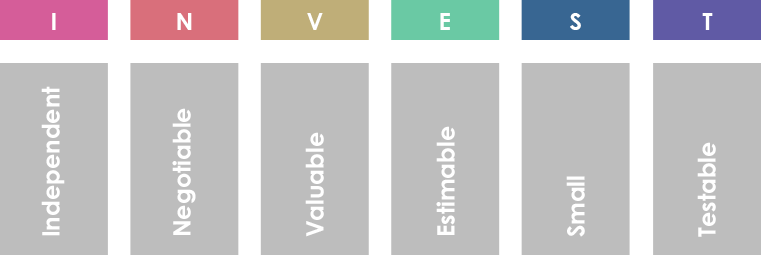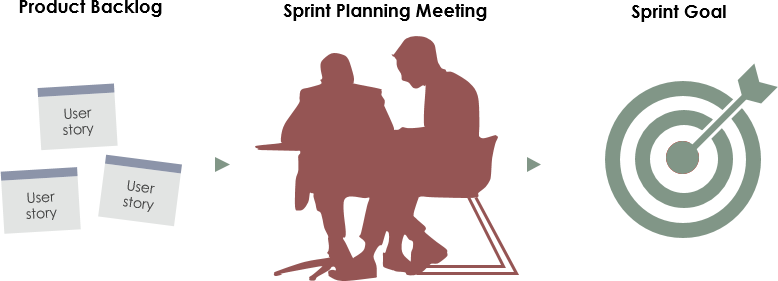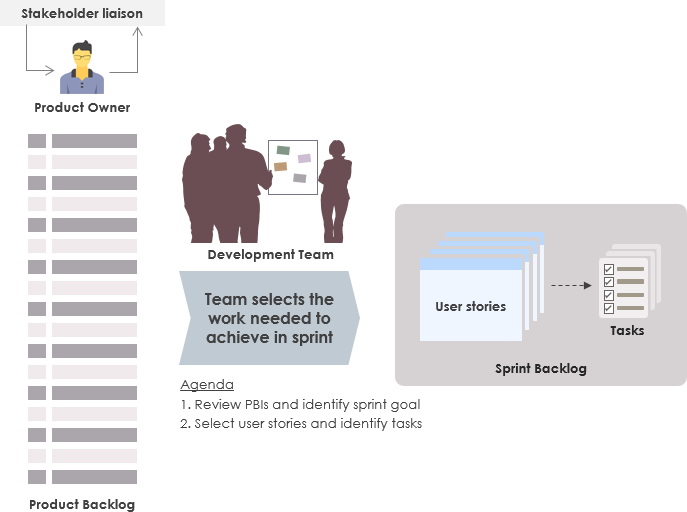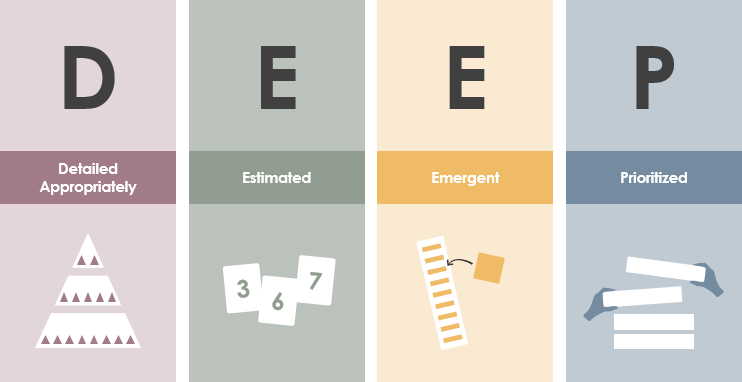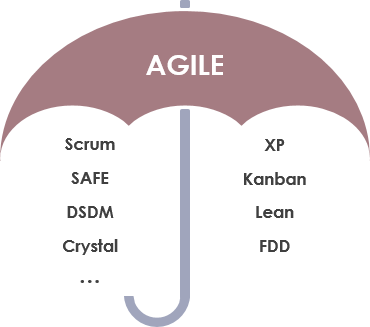Navigating the Agile Landscape: Cross-Functional Teams vs. Self-Organized, Self-Managed Team
Introduction In today's rapidly evolving business landscape, Agile methodologies have become the cornerstone of project management and product development. Agile principles and practices offer organizations the flexibility and responsiveness needed to thrive in dynamic markets. One crucial aspect of Agile is team structure, and two prevalent approaches stand out: cross-functional teams and self-organized, self-managed teams. In this exploration, we will delve into the distinctions between these team structures, shedding light on their unique characteristics, advantages, and applications. Join us as we navigate the Agile landscape to better understand how these team configurations impact…continue reading →

